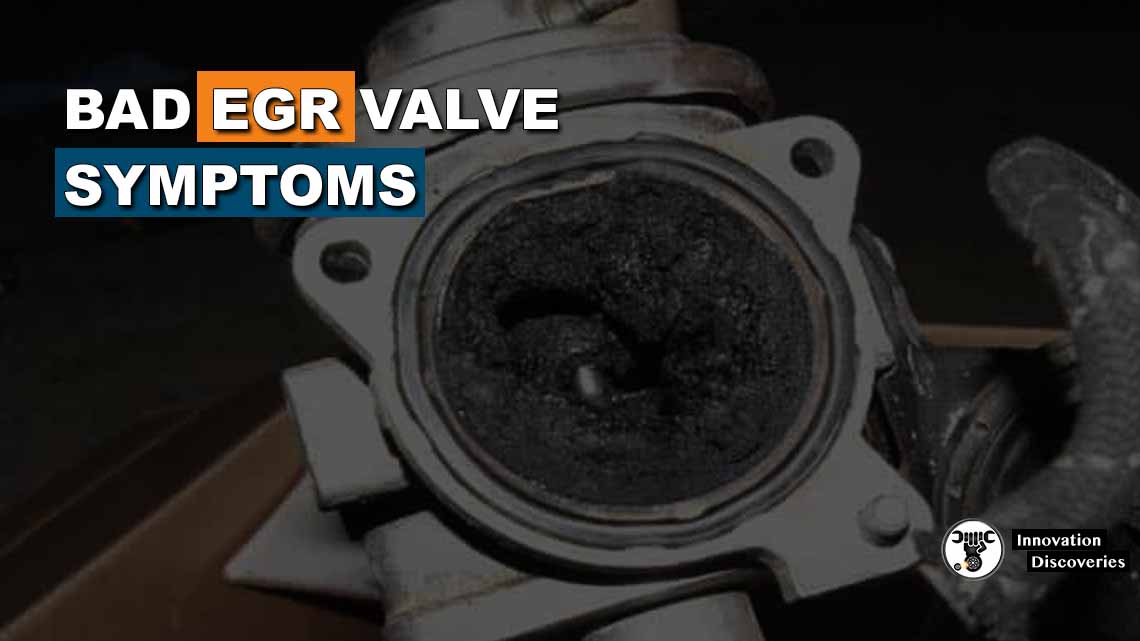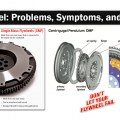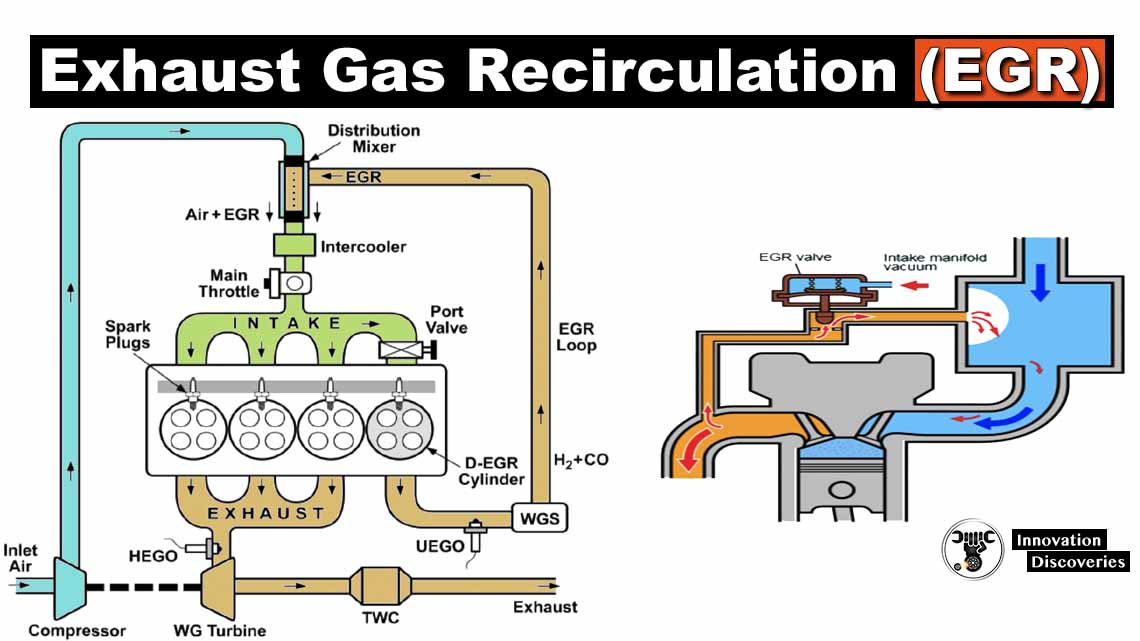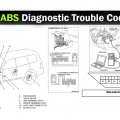
Introduction:
The Exhaust Gas Recirculation (EGR) valve plays a crucial role in the operation of modern internal combustion engines, especially in vehicles with gasoline or diesel engines.
Its primary function is to recirculate a portion of the engine’s exhaust gases back into the combustion chambers, which helps reduce nitrogen oxide (NOx) emissions by lowering combustion temperatures.
Also, read: Exhaust Gas Recirculation (EGR)
However, over time, the EGR valve can develop issues that affect engine performance. Here are some common symptoms of a failing EGR valve and an overview of the replacement cost.
Symptoms of a Bad EGR Valve
1. Check Engine Light (CEL) Illumination.
One of the most common signs of a malfunctioning EGR valve is the illumination of the check engine light on the vehicle’s dashboard.
This occurs when the engine control unit (ECU) detects a problem with the EGR system, such as insufficient flow or excessive flow.
2. Rough Idling.
A faulty EGR valve can cause the engine to idle roughly or even stall at idle. This is often due to the valve getting stuck open or closed, disrupting the proper air-fuel mixture in the combustion chambers.
See More: Exhaust Gas Recirculation (EGR)
3. Reduced Engine Performance.
If the EGR valve is stuck open, it can lead to a reduction in engine power and acceleration. This happens because the recirculated exhaust gases dilute the incoming air-fuel mixture, resulting in incomplete combustion and reduced performance.
4. Increased Emissions
A malfunctioning EGR valve can cause an increase in harmful emissions, particularly NOx emissions. This can lead to a vehicle failing an emissions test or emitting excessive pollutants into the atmosphere.
5. Fuel Efficiency Decrease
Along with reduced performance, a faulty EGR valve can also decrease fuel efficiency. The improper air-fuel mixture caused by EGR valve issues can lead to more fuel being consumed to maintain engine operation.
6. Pinging or Knocking Noises
In some cases, a failing EGR valve can result in abnormal engine noises, such as pinging or knocking sounds. This is often due to irregular combustion caused by incorrect air-fuel ratios.
7. Excessive Exhaust Smoke
A stuck open EGR valve can cause excessive exhaust smoke, particularly during acceleration. This smoke may appear darker than usual and can indicate incomplete combustion.
EGR Valve Replacement Cost
The cost of replacing an EGR valve can vary depending on several factors, including the make and model of the vehicle, the location of the valve, and whether it’s being replaced with a new OEM (Original Equipment Manufacturer) part or a aftermarket part.
However, as a general guideline:
DIY Replacement:
If you have the necessary tools and expertise, you may be able to replace the EGR valve yourself. In this case, the cost would be primarily for the replacement part, which can range from $50 to $250 or more, depending on the vehicle.
Professional Replacement:
If you opt to have a professional mechanic replace the EGR valve, you can expect to pay additional labor costs. Labor rates vary depending on the mechanic’s hourly rate and the complexity of the job, but you can typically expect to pay anywhere from $100 to $300 or more for labor.
Total Cost:
Therefore, the total cost of replacing an EGR valve can range from $150 to $550 or more, depending on the factors mentioned above. It’s worth noting that if other components of the EGR system, such as hoses or gaskets, also need to be replaced, the cost may be higher.
EGR Valve Maintenance Tips
Maintaining your EGR (Exhaust Gas Recirculation) valve can help ensure optimal engine performance, reduce emissions, and prolong the life of your vehicle’s engine.
Here are some tips for maintaining your EGR valve:
1. Regular Inspection:
Make it a habit to inspect your EGR valve and associated components regularly, especially during routine maintenance intervals. Look for signs of wear, corrosion, or carbon buildup that may indicate potential issues with the valve’s operation.
2. Clean the Valve:
Over time, carbon deposits can accumulate on the EGR valve and its passages, leading to restricted flow and impaired performance. Periodically clean the EGR valve using an appropriate solvent or cleaner recommended by the vehicle manufacturer. Be sure to follow proper safety precautions and consult the vehicle’s service manual for specific instructions.
3. Check Vacuum Hoses:
The EGR valve relies on vacuum pressure to operate correctly. Inspect the vacuum hoses connected to the EGR valve for cracks, leaks, or other damage that could affect vacuum integrity. Replace any damaged hoses to ensure proper operation of the EGR system.
4. Test EGR Functionality:
If you suspect an issue with your EGR valve, perform a diagnostic test to assess its functionality. This can be done using a scan tool to monitor EGR valve operation and related sensor readings. Consult the vehicle’s service manual for specific test procedures and diagnostic codes.
5. Address Check Engine Lights:
If the check engine light (CEL) illuminates on your dashboard, don’t ignore it. The CEL can indicate various issues, including problems with the EGR system. Use a diagnostic scanner to retrieve trouble codes and diagnose the underlying cause of the CEL. Address any EGR-related codes promptly to prevent further damage to the engine and ensure compliance with emissions regulations.
6. Use Quality Fuel and Oil:
High-quality fuel and engine oil can help reduce the formation of carbon deposits in the engine, including on the EGR valve and its passages. Choose fuel and oil that meet or exceed the vehicle manufacturer’s specifications to maintain optimal engine cleanliness and performance.
7. Follow Manufacturer Recommendations:
Follow the manufacturer’s recommended maintenance schedule for your vehicle, including EGR system maintenance. Regularly scheduled maintenance, such as oil changes and engine tune-ups, can help prevent EGR valve issues and prolong the life of your vehicle’s engine.
8. Drive Responsibly:
Aggressive driving behaviors, such as frequent rapid acceleration and deceleration, can increase engine load and exhaust temperatures, leading to accelerated wear on the EGR valve and associated components. Drive responsibly and avoid excessive idling to minimize stress on the EGR system.
By following these EGR valve maintenance tips, you can help ensure optimal engine performance, reduce emissions, and prolong the life of your vehicle’s engine.
If you encounter any issues with your EGR system that you’re unable to resolve on your own, consult a qualified mechanic for assistance.
Regular maintenance and proactive troubleshooting can help prevent costly repairs and keep your vehicle running smoothly for years to come.
Conclusion:
In conclusion, recognizing the symptoms of a bad EGR valve and addressing the issue promptly can help prevent further damage to your vehicle’s engine and ensure compliance with emissions regulations.
If you experience any of the symptoms mentioned above, it’s advisable to have your vehicle inspected by a qualified mechanic to determine if the EGR valve requires replacement.
See More:
- Exhaust Gas Recirculation (EGR)
- A/C Expansion Valve (How it Works, Failure Symptoms, and Replacement Cost)
- Symptoms of a Bad Radiator Cap (and How to Inspect)
- How to build an induction heater and how does it work?






One Comment